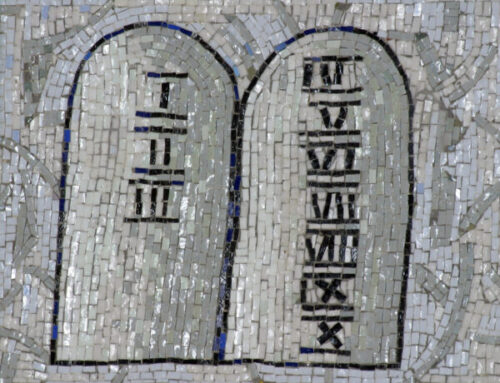Recently, I was reading “Why Twitter Will Soon Become Obsolete” by Jason Clark . Very well written and insightful piece that was another reminder of how rapidly change is coming at us.
Jason makes the case that while micro-blogging – the 140 character limit of posts (tweets) that Twitter pioneered – is here to stay, there is no reason to believe that Twitter itself will have the staying power of say a Google, Apple or Microsoft. The marketplace is littered with the dead and dying business entities that once generated all of the buzz that Twitter now enjoys e.g. Netscape, AOL, Friendster and MySpace to name a few.
But apart from marketplace vagaries that are hard to explain even after they have occurred (read The Age of the Unthinkable: Why the New World Disorder Constantly Surprises Us And What We Can Do About It by Joshua Cooper), Jason points to a nascent “threat” to Twitter’s rise that I took some time to investigate i.e. Google Wave.
There is a veeery long demo (almost an hour and a half) of Google Wave at http://wave.google.com/ and I was suitably impressed at the promise of this new communication platform. Google Wave promises to open a new world of collaboration that will make past collaboration practices like IM, email and even Twitter seem almost quaint. Using Google Wave you have the sense of collaborating in real time with your friends and teammates. It’s almost like working with everyone in the same office with the opportunity to have side conversations and go off the radar screen.
One particularly impressive feature of wave is the ability to add people to the Wave – which you can think of as a threaded conversation (there I’ve tossed you a life vest) – at any point and they automatically have the ability to replay the Wave (thread) and follow how the conversations and interactions developed. Following the collaboration in this way makes it easy for someone to see how a project or conversation got to where he or she is now joining and enables them to contribute more powerfully and more quickly. Yet Google Wave is much more than a sophisticated chat room with replay functionality; it also enables you to bring all of your communication channels together in real time e.g. your Facebook, your blog, your email, your Tweets, your Instant Messaging, your Search and more all in one shared browser experience that seems to work.
As Matt Kapko, the Deputy Editor of iMedia communications says in his article “The Undiscovered marketing power of Google Wave,” Google seems poised to introduce another product/service that consumers didn’t even know they needed. The chief architects of Google wave are the same gents who introduced Google Maps: brothers Lars and Jens Rasmussen. According to Matt, Google Wave began with the brothers Rasmussen asking themselves “why is there so much divide between these different types of communication and could a single communications model span all or most of the systems in use on the web today, in one smooth continuum?”
From what I’ve seen, these brilliant men along with their impressive team have answered that question with a resounding YES! Should they succeed in getting Google Wave to work the way it was showcased in the demo, I anticipate Google Wave to have the kind of impact on the way we work that email did when it was first introduced.
If you’re interested in staying ahead of the curve, or even just keeping your head above water (smile) you would do well to be on the leading edge of Google Wave.





Peter,
I look at (over)proliferation of social networking sites–Twitter, Facebook, MySpace, et al.–the same way that I recall the Citizens’ Band (or CB) radio craze of the 1970’s (remember those days?).
There was a time when analog, two-way radio communication was the domain of truckers/tradesmen, and military/state/federal emergency services. Then CB-radio exploded on the scene in the mid-70’s, and it seemed that everyone and their mother had a portable CB and a call “handle.” Eventually, the number CB channels increased, and were designated for different types of citizens’ communications (not unlike the development of internet chat rooms, two decades later).
Eventually, CB became a victim of its own poularity, due to high volume overuse, which led to frequency jamming and signal interference over long distances. Technological developments (UHF, mobile phones and the internet), as well as natural phenonomena (11-year sunspot cycles), led to CB eventual demise by the mid-1980’s.
I see social networking sites as another extension of this phenomenon, to be eclipsed by yet another communications revolution. With the advent of Web 2.0+, the next social networking rage will be communicating via HD avatar constructs, while fully immersed in realtime VR world (think ‘Second Life’ meets ‘The Matrix’ on steroids).
Then folks will be reminiscing: “Hey, remember Twitter..?”